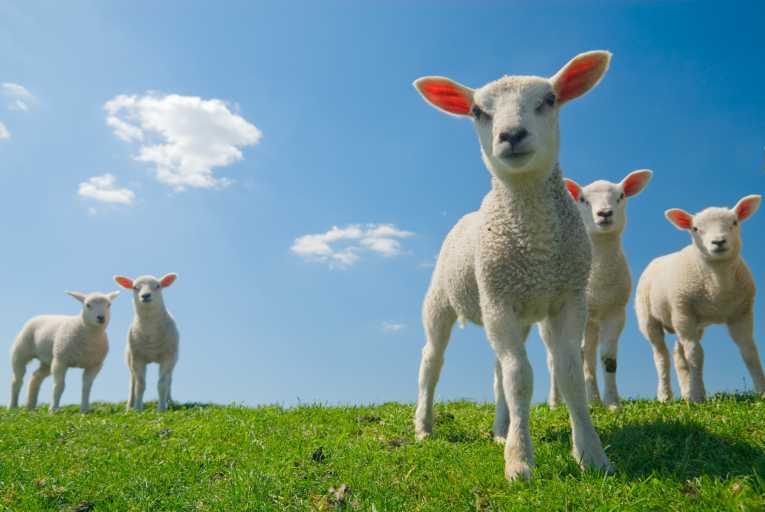America's fondness for meat and dairy is taking its toll on the environment.
A new study developed by the Environment Working Group and environmental analysts Clean Metrics assessed the carbon footprint of meat, dairy, fish and vegetables throughout its lifecycle, from growth and grazing to processing, transportation and food preparation and waste.
The appetite for meat in America is around 60% higher than in Europe. Across the globe there has been an increase in the amount of meat consumer. From 1971 to 2010, worldwide production of meat "tripled to around 600 billion pounds while the global population grew by just 81%."
Food production has a considerable impact on the environment, including the pesticides and fertilizers used in growth, grazing, transportation and the dealing of waste for uneaten and unused food.
The study found the foods with the biggest carbon footprint include lamb, beef, cheese, pork and farmed salmon. Lamb has the greatest impact on the environment with a generation of 39.3 kg of carbon dioxide per kilo eaten.
However, the impact is not as great as that of beef. While beef generates 27.1 kg of carbon dioxide for each kilo eaten more of it is eaten across the US than lamb; around 30% of all the meat consumer in the US is beef.
Meat, egg and dairy products certified organic, humane and grass fed have the smallest carbon footprint.
Author of the report Kari Hamerschlag "By eating and wasting less meat, consumers can help limit the environmental damage caused by the huge amounts of fertilizer, fuel, water, and pesticides, not to mention the toxic manure and wastewater that goes along with producing meat."
"Choosing healthier, pasture-raised meats can also help improve people's health and reduce the environmental damage associated with meat consumption."










